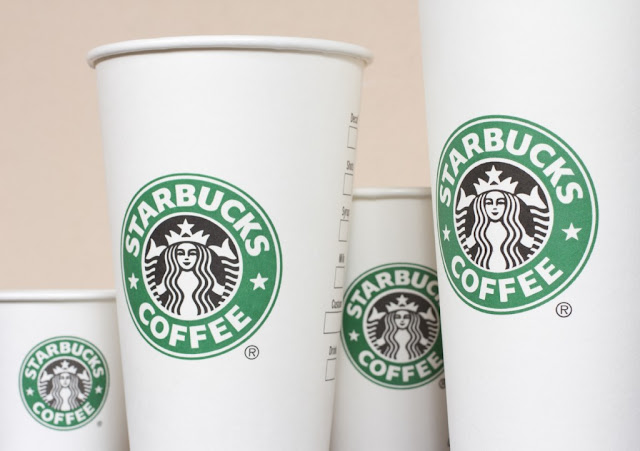But we had Alexander Hamilton.
Alexander Hamilton’s Development Plan
1. Establish Public Credit
- Hamilton said a national debt is a blessing if it’s not too large. Borrowed money had helped the U.S. finance the Revolutionary War. Also, though, those lenders had to know we would pay them back. With European creditors, the U.S. had to pay back the money that was due them while domestic creditors needed to know we had a viable plan. Only then could Hamilton establish the good credit that was necessary for a government to borrow the money it needed.
- Since then, the U.S. has been borrowing money and paying it back. However, some of us are worried that the debt is becoming too large. Just like your own income determines the wise amount for you to borrow, so too does the GDP for our nation. Below you can see that recently the debt is a bigger proportion of the GDP:

2. Create a Banking System
- Composed of financial intermediaries that connect savers to borrowers, a banking system “pumps” money around the economy. Banks loan money to business start-ups and help firms finance inventory. They expand and contract the money supply and purchase the bonds that nations sell to raise money. By establishing the First Bank of the United States, Hamilton generated the beginning of a banking system that pumped money around the U.S. economy.
- Now, while there are close to 5000 banks in the U.S., the large ones dominate. Below, you can see how the system has consolidated. The four with the most assets are Citi, JP Morgan Chase, BOA and Wells Fargo.
Consolidation of U.S. banks:

Declining number of U.S. commercial banks:

3. Encourage Economic Diversity
- Economic growth through diversity was the third leg of Alexander Hamilton’s plan for independence. Recognizing that the U.S. in 1790 was a farming economy, he sought tariffs and subsidies to protect a young manufacturing sector. He supported a system of tariffs to encourage innovation. Correct again, Hamilton knew that the combination of agriculture, manufacturing, and invention could form an economic foundation from which we could build.
- Looking back, we can say that Hamilton created our springboard. About a different kind of independence, Hamilton’s foundation facilitated the leap beyond our borders to globalization. It let us evolve from an agricultural economy to a productive behemoth that participates in the world markets and global supply chains that feed our growth.
You can see that the U.S. is very much a part of the world economy:
Exporters

Importers

Our Bottom Line: Déjà Vu
My sources and more: This Fortune article sums up the Hamiltonian legacy ideally.
Please note that this post is an updated version of what we have published on past Independence Days.

Ideal for the classroom, econlife.com reflects Elaine Schwartz’s work as a teacher and a writer. As a teacher at the Kent Place School in Summit, NJ, she’s been an Endowed Chair in Economics and chaired the history department. She’s developed curricula, was a featured teacher in the Annenberg/CPB video project “The Economics Classroom,” and has written several books including Econ 101 ½ (Avon Books/Harper Collins). You can get econlife on a daily basis! Head to econlife.





















